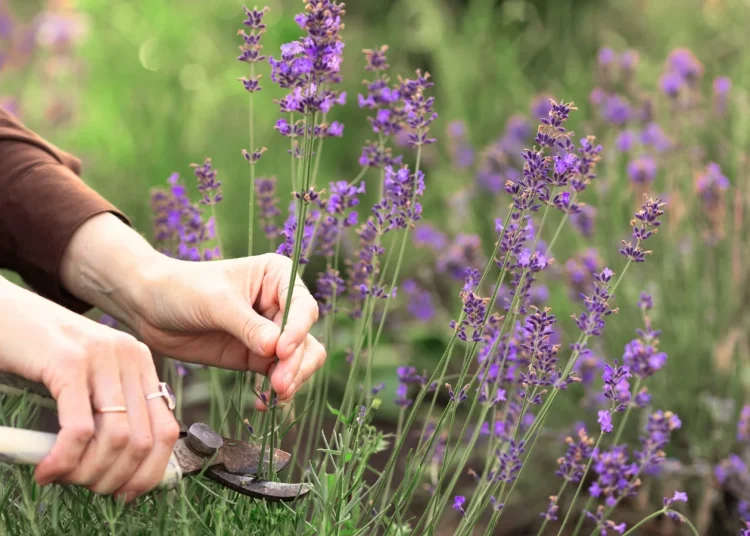Lavender is a fragrant, hardy perennial herb beloved for its vibrant blooms, soothing scent, and wide range of uses—from culinary to cosmetic. However, to keep your lavender plant lush, full, and long-living, regular pruning is essential. Without it, lavender can become woody, leggy, and lose its beautiful shape over time.
Whether you’re a beginner gardener or a seasoned plant lover, this guide will show you how to prune lavender properly, step by step.
Why Prune Lavender?
Pruning isn’t just about looks—here’s why it matters:
- Promotes bushier growth
- Encourages more blooms
- Prevents woody stems
- Extends the life of the plant
When to Prune Lavender
There are two key times to prune lavender:
1. Light Pruning in Spring (Optional)
As new growth appears, remove any dead or damaged stems.
This helps the plant recover from winter and stimulate early shaping.
2. Hard Pruning in Late Summer or Early Fall (Main Pruning)
After the final flush of flowers fades (usually August to early September), prune back the plant.
Important: Leave at least a few inches of green growth above the woody base.
How to Prune Lavender (Step-by-Step)
1. Tools You’ll Need
Sharp pruning shears or scissors
Gloves (optional, but helpful)
A clean surface to collect cuttings (if composting or drying)
2. Steps for Pruning Lavender
Step 1: Identify the Woody Base
Look for the lower part of the plant that is brown and woody. Never cut into this, as it won’t regrow.
Step 2: Trim Back Green Growth
Cut back about one-third of the green stems, just above the woody part.
Shape the plant into a rounded mound — this keeps it neat and prevents flopping.
Step 3: Remove Spent Flower Stems
Snip off any old flower stalks left on the plant. This encourages energy to go into root and foliage development.
Step 4: Clean and Mulch (Optional)
Remove dead trimmings and consider mulching around the base to retain moisture and prevent weeds.
Extra Tips
- English lavender (Lavandula angustifolia) responds best to heavy pruning.
- French and Spanish lavenders are more delicate — prune more lightly.
- Avoid pruning too late in fall if frost is common — new growth might not survive winter.
What Happens If You Don’t Prune?
Lavender that isn’t pruned will become:
Tall and leggy
Woody in the center
Prone to splitting or dying off
















